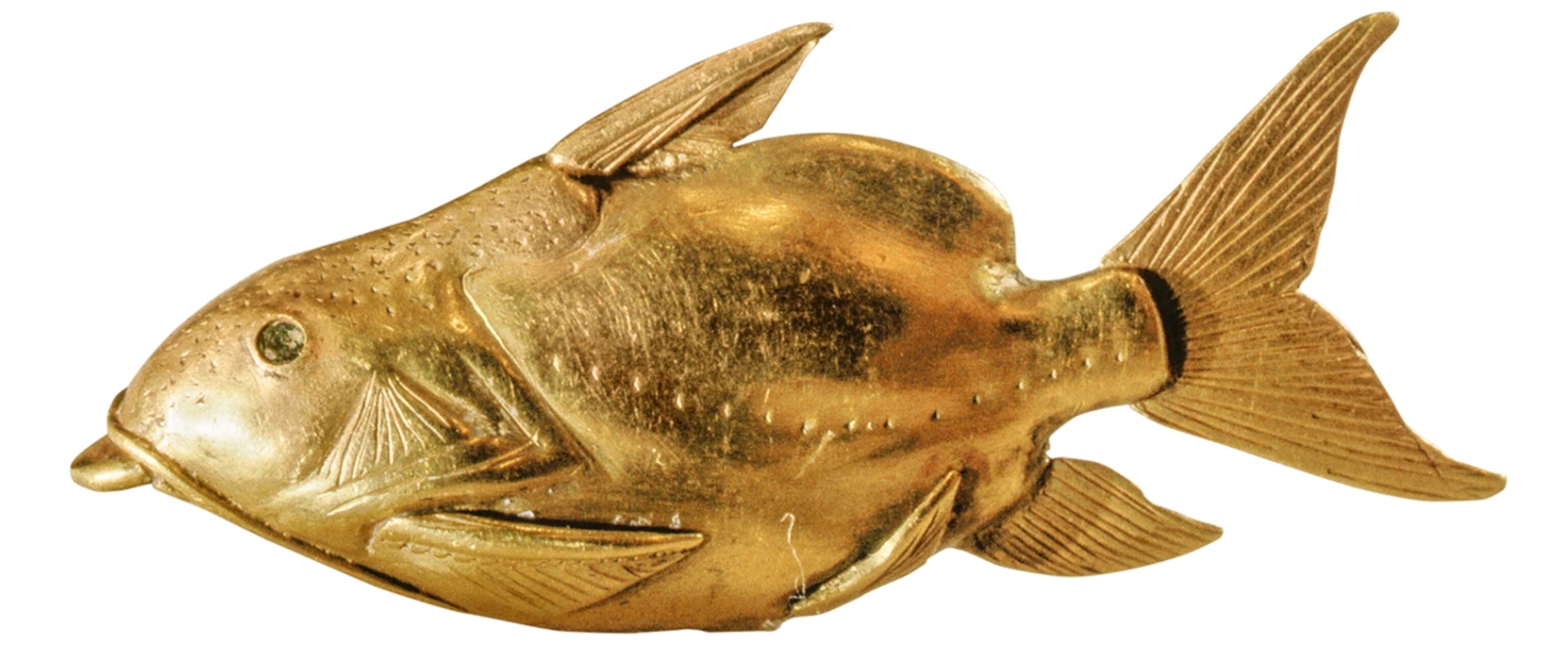
Why these toads have turned to cannibalism
Surprising science news including toad overpopulation, sharp-eyed sunflower pollinators, and catfish-worshipping ancient Egyptians
Too many mouths?
After overpopulating an adopted homeland, this toad is cannibalizing its own species.
Known as the marine toad, giant toad, and cane toad, Rhinella marina feasts on insects in its native South America. So in 1935, 101 toads were brought to Australia in hopes of ridding sugarcane plantations of beetles. The poisonous amphibians did little to curb the beetle population and quickly became pests, multiplying rapidly and taking a toll on native species.
Today the more than 200 million cane toads in Australia are far too many for anyone’s liking—including the toads’, whose intraspecies competition for resources has evolved a gruesome new behavior: cannibalism.
In a study published in the journal Ecology and Evolution, scientists found that after cane toad tadpoles in Australia detect a toxin in eggs of their own species—the same toxin that makes the toads poisonous to predators—the tadpoles become ravenous and eat the eggs and hatchlings. This behavior is virtually unknown in cane toads in their native range; it’s thought to have arisen recently among those in Australia as a way to reduce competition. “They’re definitely their own worst enemy in Australia,” says study co-author Michael Crossland of the University of Sydney. —Annie Roth
Pollinators see more than yellow
Sunflowers are lovely to behold—and doubly so for pollinators. They see the flowers in the ultraviolet spectrum, which reveals a colored bull’s-eye at the center of the bloom. It was long thought that sunflowers’ bull’s-eye pattern evolved only to draw pollinators, but new research suggests otherwise: Molecules that make up the bull’s-eyes also help the plants endure stresses such as drought and extreme temperatures. —AR
Finny icons of ancient Egypt

Two denizens of the Nile—the catfish and the tilapia—were among the animals ancient Egyptians mythologized. Magic, regeneration, and fertility were credited to these fish; amulets depicting them were said to have powers, including protection from drowning. —Elisa Castel









